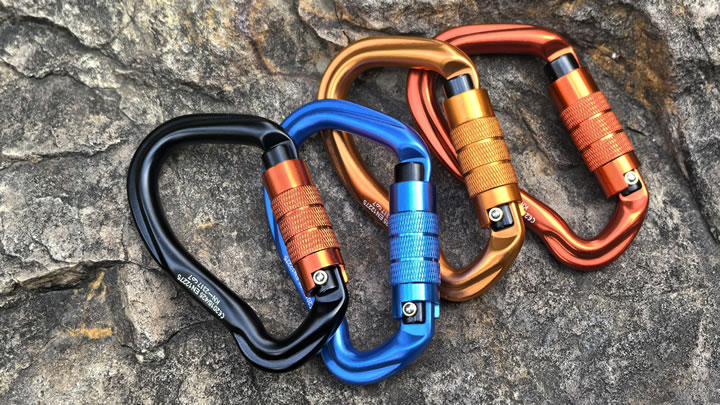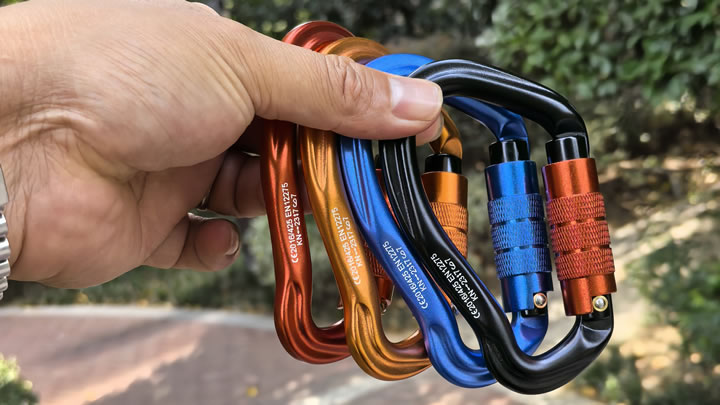How Far Apart Should Hammock Posts Be? (Optimal Distance)
Hanging a hammock between posts is a popular solution for treeless yards, patios, or campsites. But improper spacing can lead to sagging, instability, or even collapsed posts. This guide explains how to calculate the perfect distance between hammock posts for safety, comfort, and longevity.

Why Post Spacing Matters
The distance between posts directly impacts:
- Hammock comfort: Too close creates tension; too far causes excessive sag.
- Post stability: Incorrect spacing strains posts, risking tilting or uprooting.
- Material durability: Overloaded posts may crack or corrode over time.
The 30° Rule: Optimal Distance Formula
For most hammocks, follow this formula:
复制
下载
Post Distance = Hammock Length + (2 × Sag Depth) - Hammock Length: Measured end-to-end when laid flat (typically 10–14 ft).
- Sag Depth: The desired dip in the hammock (aim for 18–24 inches).
Example: A 12-foot hammock with 2 feet of sag needs posts 16 feet apart (12 + 2×2).
Step-by-Step Installation Guide
1. Choose Post Material
- Wood: Cedar or pressure-treated 4x4 or 6x6 posts (durable, natural look).
- Metal: Galvanized steel posts (rust-resistant, ideal for wet climates).
- Concrete: Pre-cast posts (permanent, ultra-stable).
2. Determine Post Height
- Above-ground height: 4–5 feet (adjust based on hammock sag).
- Below-ground depth: Bury ⅓ of total length (e.g., 2 ft deep for a 6-ft post).
3. Measure & Mark Post Holes
- Use the 30° rule to calculate spacing.
- Dig holes 12–18 inches wide for concrete anchoring.
4. Install Posts
- Place posts vertically in holes.
- Fill with quick-set concrete or packed soil/gravel.
- Let concrete cure for 24–48 hours.
5. Attach Hammock Hardware
- Eye bolts: Install 4–5 ft high on each post.
- Straps or chains: Link hammock ends to bolts using carabiners.
Adjustments for Different Hammock Types
- Spreaders (Rope hammocks): Posts 1–2 ft closer than fabric hammocks to prevent tipping.
- Camping hammocks: Use temporary posts (screw-in anchors) 10–12 ft apart.
- Double hammocks: Add 1–2 ft to standard spacing for extra width.
Common Mistakes to Avoid
- Ignoring Soil Type: Soft soil needs deeper posts or concrete.
- Uneven Posts: Use a level during installation.
- Skipping Bracing: Angled support beams reduce wobble in permanent setups.
Safety Checks
- Weight Test: Apply 2x your body weight (e.g., sandbags) before use.
- Inspect Monthly: Look for leaning posts, cracked concrete, or rusted bolts.
- Weatherproof: Coat wooden posts with sealant; grease metal bolts annually.
Pro Tips for Enhanced Stability
- Add Crossbars: Connect posts with a horizontal beam for shared load-bearing.
- Use Tension Bands: Prevent straps from slipping on smooth posts.
- Pre-Stretch the Hammock: Hang it taut for 24 hours to minimize future sag.
Troubleshooting Post Issues
- Leaning Posts: Dig deeper holes or add diagonal ground anchors.
- Sagging Hammock: Shorten straps or move posts closer by 6–12 inches.
- Squeaking Hardware: Lubricate bolts with silicone spray.
Eco-Friendly Alternatives
- Living Posts: Train trees or tall shrubs as natural anchors.
- Recycled Materials: Repurpose old telephone poles or railroad ties.
- Removable Anchors: Use ground screws for temporary setups.
Final Thoughts
Perfect hammock post spacing balances physics and comfort. By following the 30° rule, choosing durable materials, and reinforcing posts properly, you’ll create a sturdy, relaxing oasis. Whether building a permanent backyard retreat or a portable campsite setup, precise measurements and regular maintenance ensure years of safe swaying.






